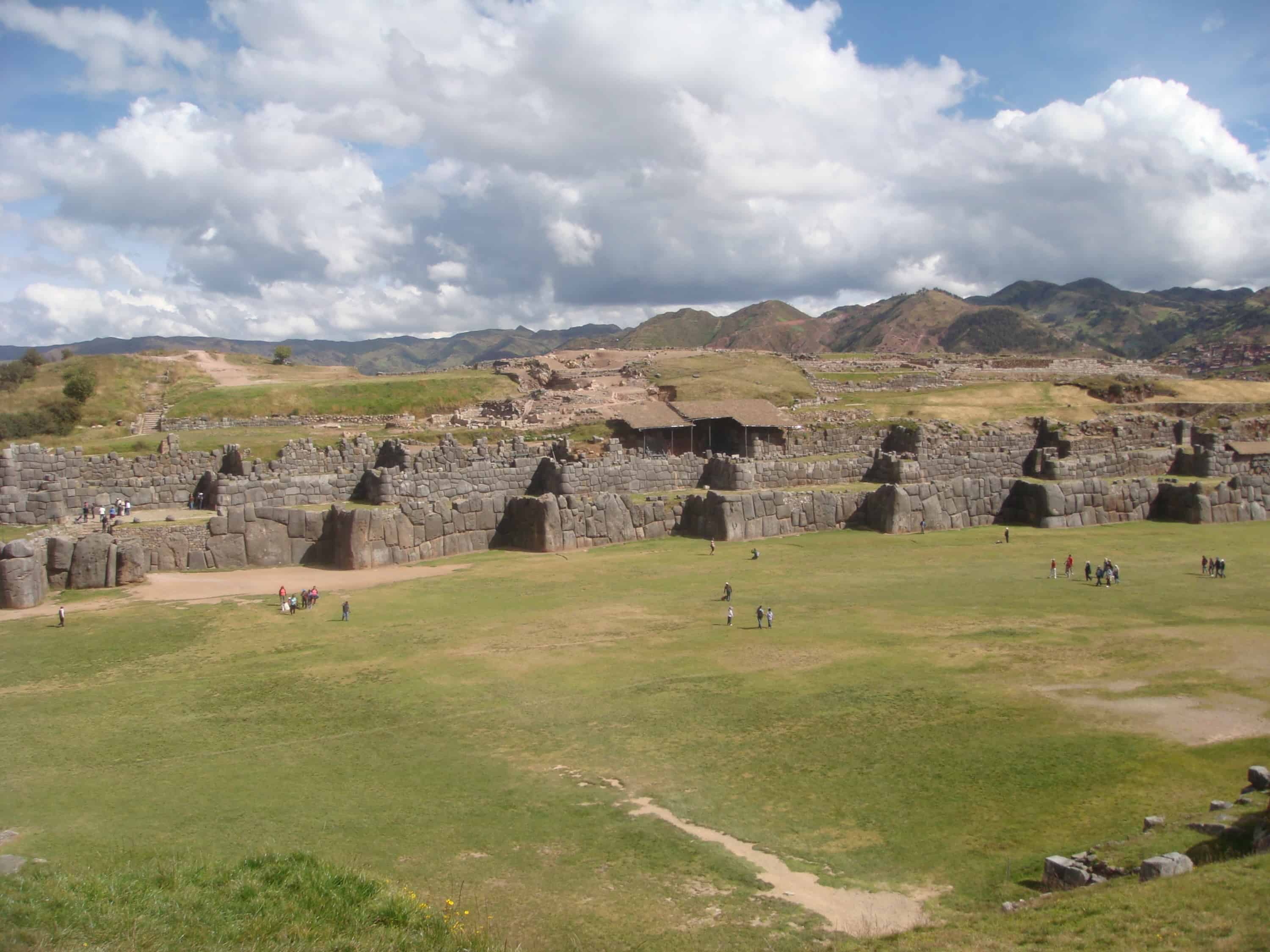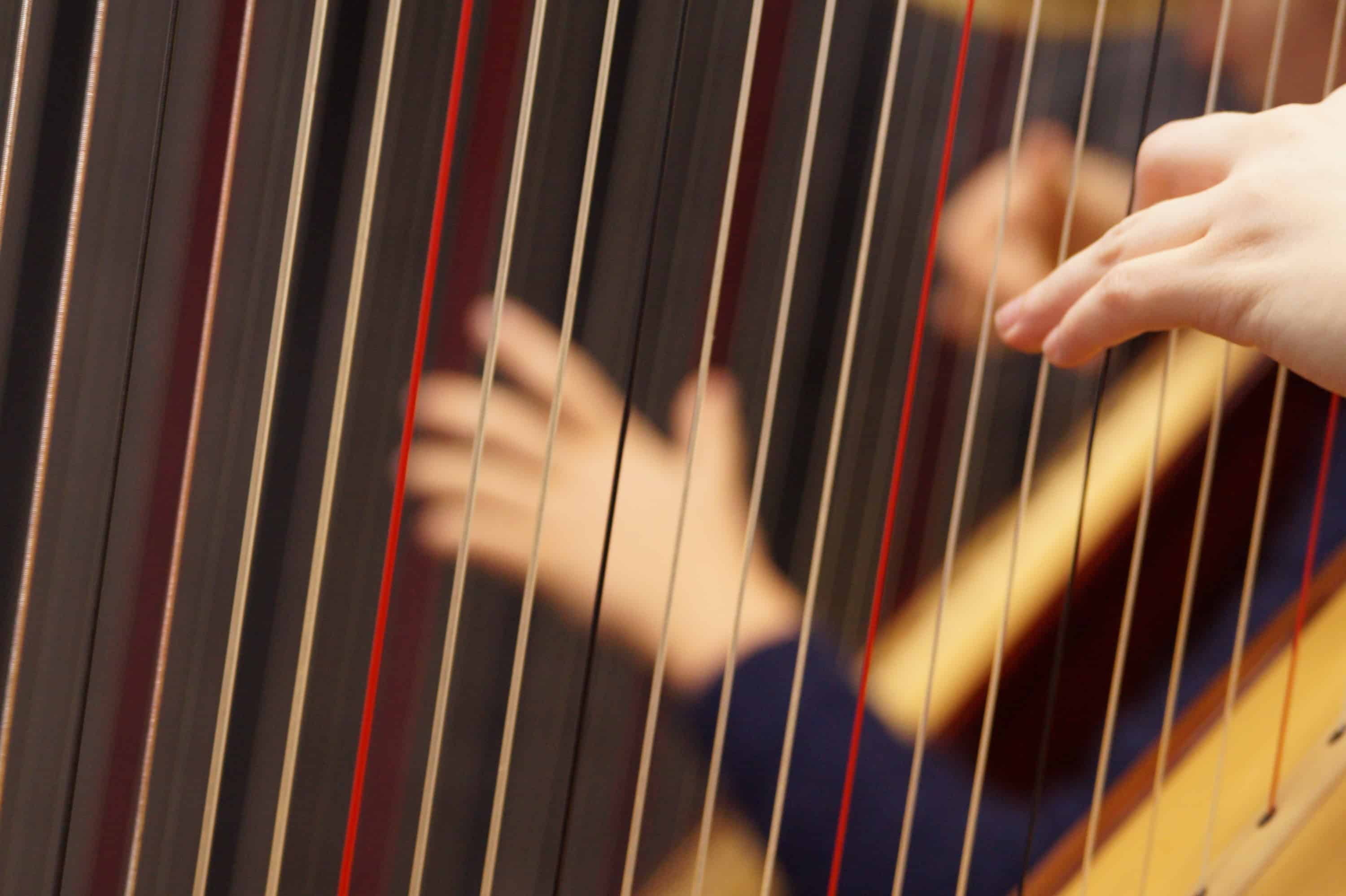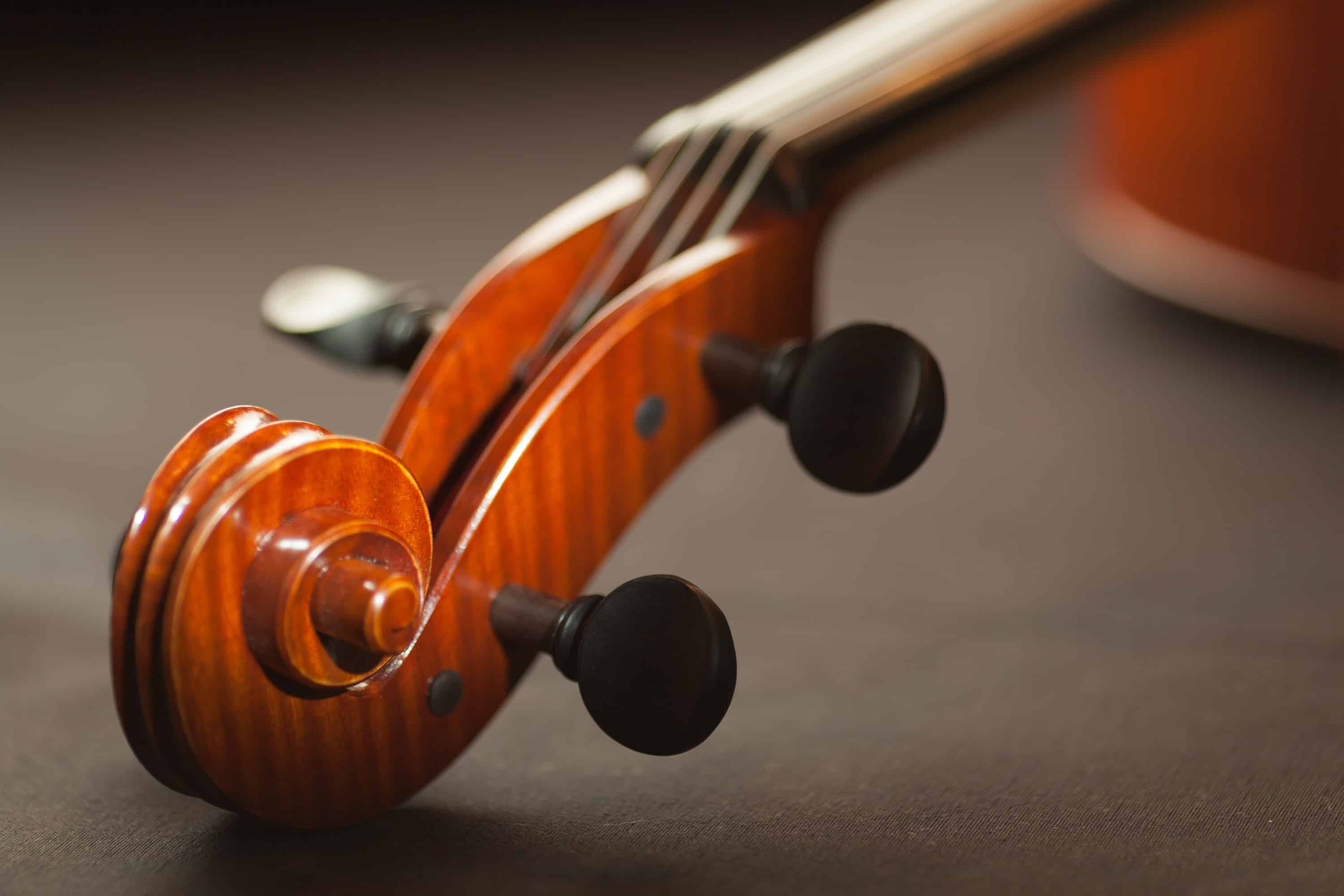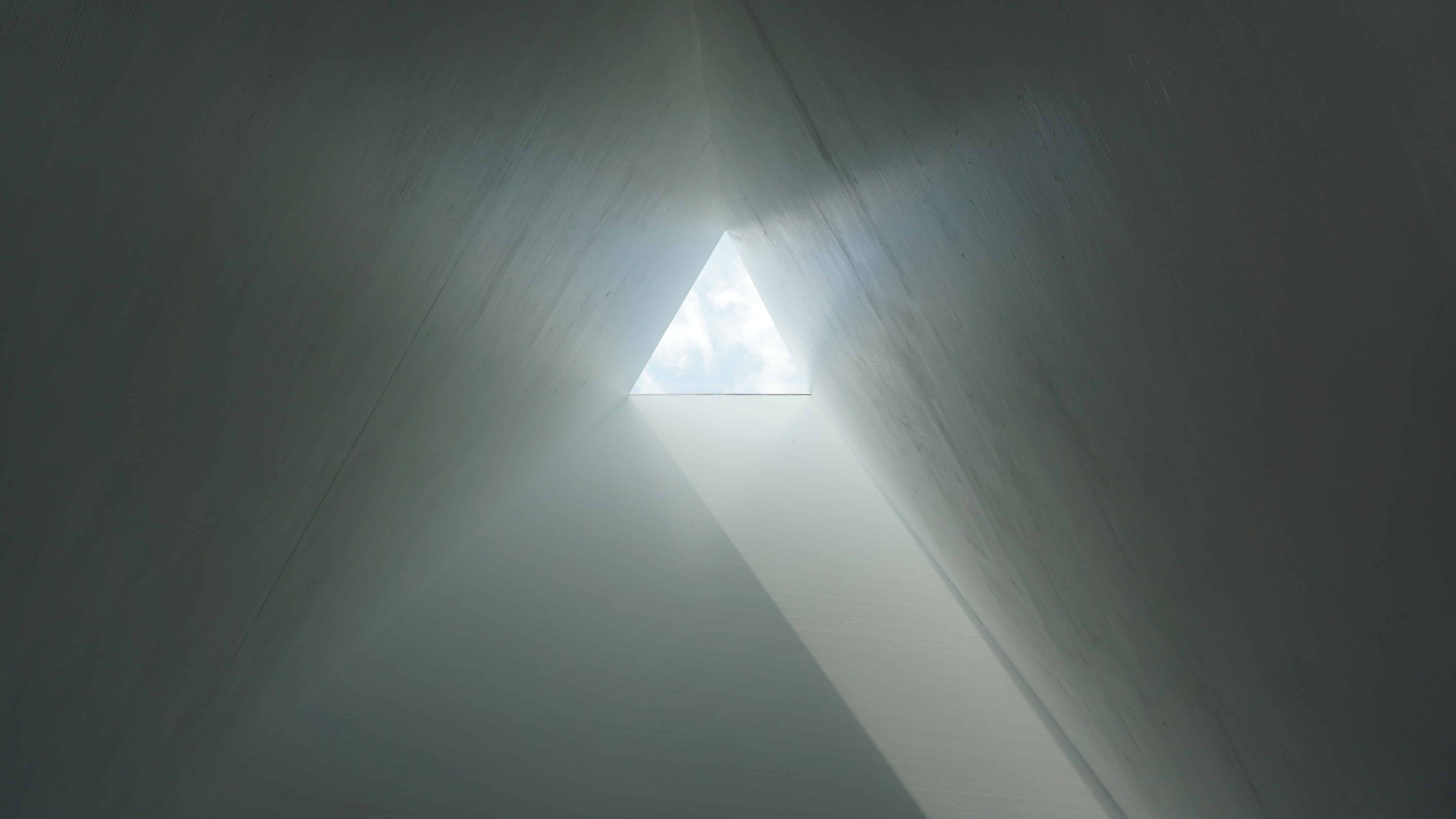An Evolving Compositional Autograph
The first interpretation of the ‘mused’ fundamental philosophy was to utilise the natural harmonic (and sub-harmonic) series. The series influences many works on this site, as does the reference to pitch written as frequency (vibration). During pre-compositional planning for a string quintet during 2001, the overtones from all of the open strings were charted. Intonation presented immediate problems. The series is generally out of tune with equal temperament, so it was decided to round frequencies to their nearest concert pitch (frequency). This made the initial research far more intuitive. Microtonality was considered later. Preliminary sketches produced some promising material, but it was found that working exclusively within the series could be quite restrictive.

Continuing studies introduced the topics of brass and woodwind multiphonics, which is the term used to describe the multiple tones and chords produced from instruments conventionally associated with only being able to play one note at a time. Multiphonics are a phenomenon of idiomatic natural resonance, produced through a combination of unusual cross-fingerings, embouchure and articulation. The harmonic series of two or more fundamentals combine within the same cylindrical column to produce additional overtones and resonances, resulting in an ancient and ethereal soundworld reminiscent of modern day electric guitar feedback.
the fundamental philosophy of working with ancient natural resources
The Pictures on Your Wall for trombone and percussion contains the composer’s first use of the harmonic (and sub-harmonic) series as a compositional tool and a passage of relatively simple multiphonics. Mictlan for bass recorder and tape explores multiphonics in intricate detail, but they are primarily utilised as an aesthetic sound object within the electroacoustic environment, positioned in response to the relationships between their idiomatic timbres, more than for their literal pitch structure. Wishing to understand the acoustic properties and primal sound of multiphonics, research led into the region of natural resonance and heterodyning frequencies.
Initial practical research composing with natural resonance theories in Natural Resonance for string quartet, explored the concepts in a fairly strict and literal fashion resulting in an ambient dreamscape of resonant consonance. However, this research would help shape the material for A Quartet of Daydreams for string quartet, where the theories are used to establish far more focussed and reproducible method and process. Along with Multiphonic Theory, Heterodyning Frequencies and Natural Acoustic Resonance provided more flexible alternatives to composing exclusively with the somewhat restrictive Harmonic and Sub-Harmonic Series.

Natural Causality for ensemble and percussion was conceived around the phenomenon generated by, and relationships between, a cause and its effect. The Fibonacci sequence was translated into specific measurements for proportional musical units of form, pitch, harmony, duration and dynamics. The Fibonacci sequence is often associated with the symmetry of natural growth, breeding cycles and patterns of evolution and so seemed to qualify as an ancient natural resource. Compositional planning was now using the fundamental philosophy to influence and inform predetermined formal proportions and temporal schemes alongside pitch organisation and external narrative.
The external influences and internal compositional elements for the electroacoustic work When a Snake Eats its Own Tail for clarinet and tape reference African culture, folklore and spirituality. Africa is widely acknowledged as the birthplace of modern man, so where better to find an ancient musical resource? This electroacoustic composition would influence acoustic writing as it led to the personal discovery of equidistant pentatonic scales: the octave split into five equal steps of 2.4 semi-tones. Microtonality (or at least, just intonation) in relation to Western equal temperament was now part of the evolving practical research.
Although expanding upon the compositional process from Natural Causality, An Instant Conception for small ensemble and percussion connected quite cohesively with ongoing studio compositions dealing with concepts of equidistant pitch. An Instant Conception is primarily composed upon overlapping versions of the cycle of fourths. It was recognised that the cycle was actually a twelve-tone equidistant scale.
An Acoustic Mandala for the Fourteenth for small orchestra and percussion ensemble reflects an ancient cultural influence inspired by Tibetan ritual music. With references to the harmonic series, heterodyning frequencies, formal symmetry, asymmetry and proportional temporal schemes, this orchestral work combines many elements of these early stages of research. The compositional planning uses multiplications of the number fourteen (reference to the 14th Dalai Lama) in relation to the orchestral range written as pitch frequencies to generate a series of fourteen (14-note) chants and chords and uses proportional symmetry to allude to the geometry of the Sand Mandala. This is another interpretation of equidistant theory.
Viewed in retrospect, the fundamental compositional autograph of the composer has evolved as a series of emerging connections, bought together through consistent reference to the fundamental philosophy of working with ancient and natural resources. The pieces contained within this site are intrinsically related to one another primarily due to this reference. It is from this that the individual questions of research emerged for many of the scores exhibited and the personal compositional autograph of the composer naturally evolved.
Dr. Ian Percy























































